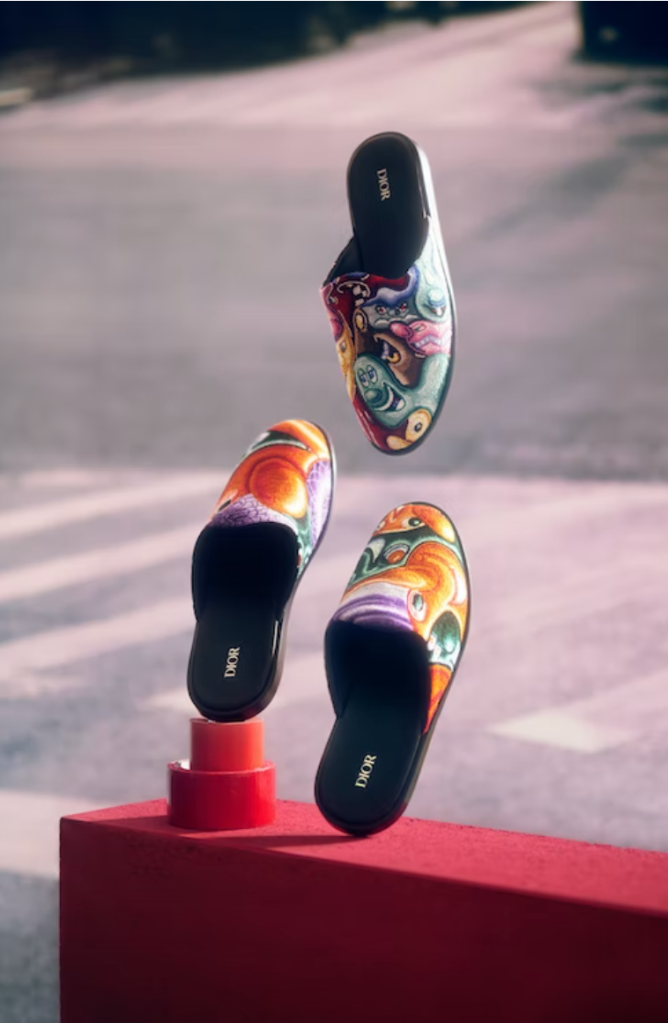Waste Not, Want Not
As Humans we are drawn to objects that we connect to, within our everyday existence. Whether they are ornamental, functional or both, everyday objects play a fundamental part within our lives and contribute to the formation of our own identities. We value, look after, collect and treasure objects considered precious, however disregard those that are deemed to be disposable. As a result, some objects turn into waste, at our own and planet’s cost, as we try to make the items that we no longer need disappear.
James Shaw is a London based designer that turns waste into functional, artistic objects that appear to be far removed from their original materials, despite the fact that collected waste makes up the core material used. By finding materials to recycle, the original materials are deconstructed and reconstructed into to everyday recognisable objects. In a world where resources are becoming scarce, the pieces demonstrate how recycling can bridge the gap between throwaway and collectable items.

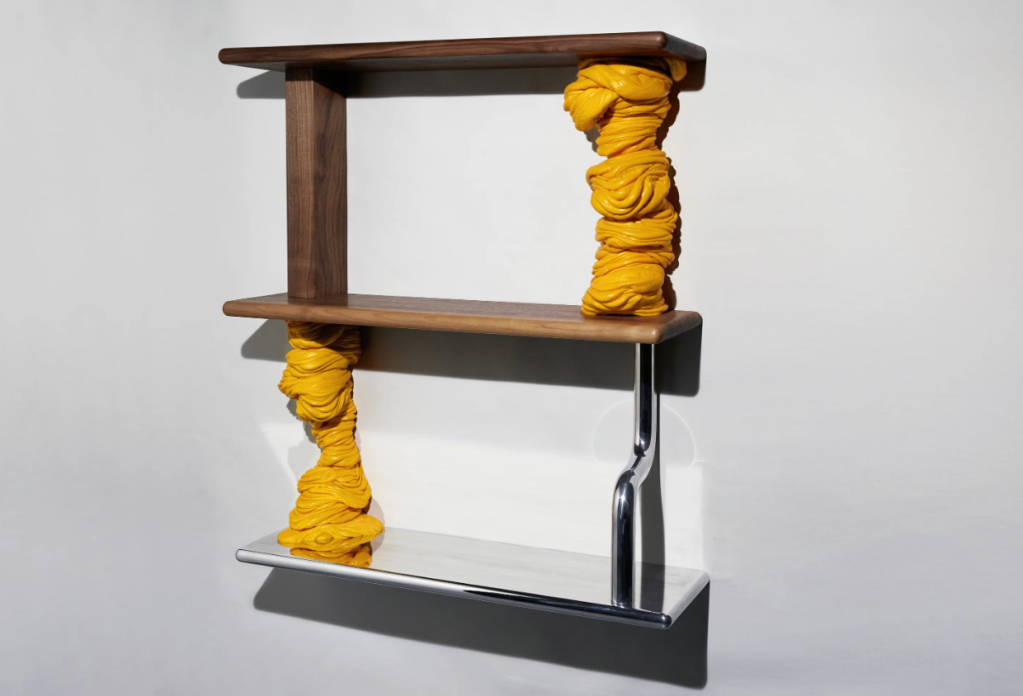

As Shaw suggests:
“In a time where waste is everywhere, I think that trying to find ways to use it and make something desirable out of it is a worthwhile thing to do.”
It is this distinguished notion of need vs desire that raises the question about what the difference between the two actually is. As the contrast is driven by aesthetic, sentiment and worth, what would happen if a disposable object displayed these qualities? It could in turn become valuable and worth keeping, which would prevent it from being thrown away. As Antony Hudeck writes in ‘Detours of objects’:
“Artists are still generally accepted to be the makers of objects. The particularity of the artist’s objects may be the multiple uses to which the object can be put: from economic value in a private or public collection to the aesthetic value that they are assumed to offer.”
Consequently, if ordinary objects were perceived in the same way that artistic objects are, the worth of these objects would increase and become less disposable.
Oh So Popular
In an age of consumerism, the way that items are packaged has an impact on how we perceive the object’s value. The influence of popular culture and endorsement suggests whether something is on trend, desirable or worthy. When this notion is displayed visually, an object’s value increases or decrease depending on what is popular at the time. Cultural conventions inform audiences about what is deposable and what is worth keeping and it is only when these boundaries are challenged that this perception changes. Lily Cole is a model and public figure that addresses how waste culture has evolved over time, in her book Who Cares Wins:
“The decision to waste, or the effort to resurrect, comes from a cultural mindset. For thousands of years, human communities actively discouraged waste. It was always uneconomic, impractical and even sometimes viewed as spiritually negligent.”
Popular images, people, scenes and trends create recognition within the world that we live in, as audiences are aware of their cultural influence and familiarity. Often these appear within disposable contexts, designed to serve instant gratification, such as magazines, movies, social media, and within advertising. However, when applied to a physical object that is crafted and tangible, a new longevity of a product and user experience is created.
This can be seen in the work of artist Dagmar Stap, who challenges the relationship between objects and the way that they are packaged. In his work Groceries (Copyright © Dagmar Stap, 2022), he takes popular brands and people, reinventing packaging by creating sewn pieces that are devised to be kept, rather than thrown away. The result is a body of work that demonstrates the importance of artistry and craft and its ability to influence the worth of an object, which in turn increases the longevity of a packaged product.


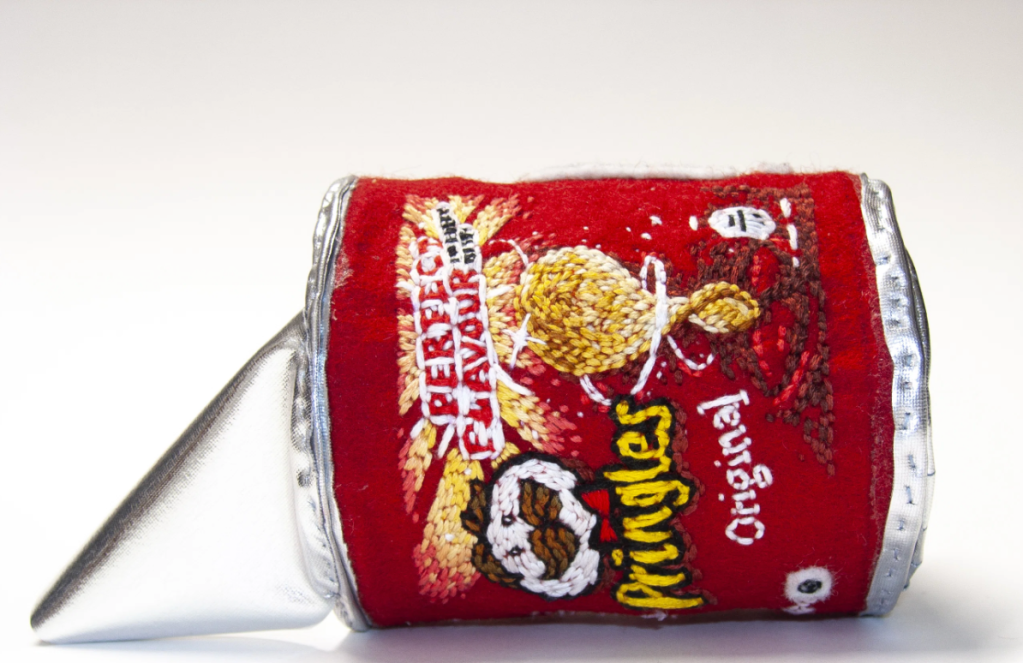
Artists Mazaccio & Drowilal address the impact of popular culture and mass consumption, by using found images. In their body of work Iconology, found imagery is repurposed as art to highlight how popular images affect audiences on an intellectual and emotional level.

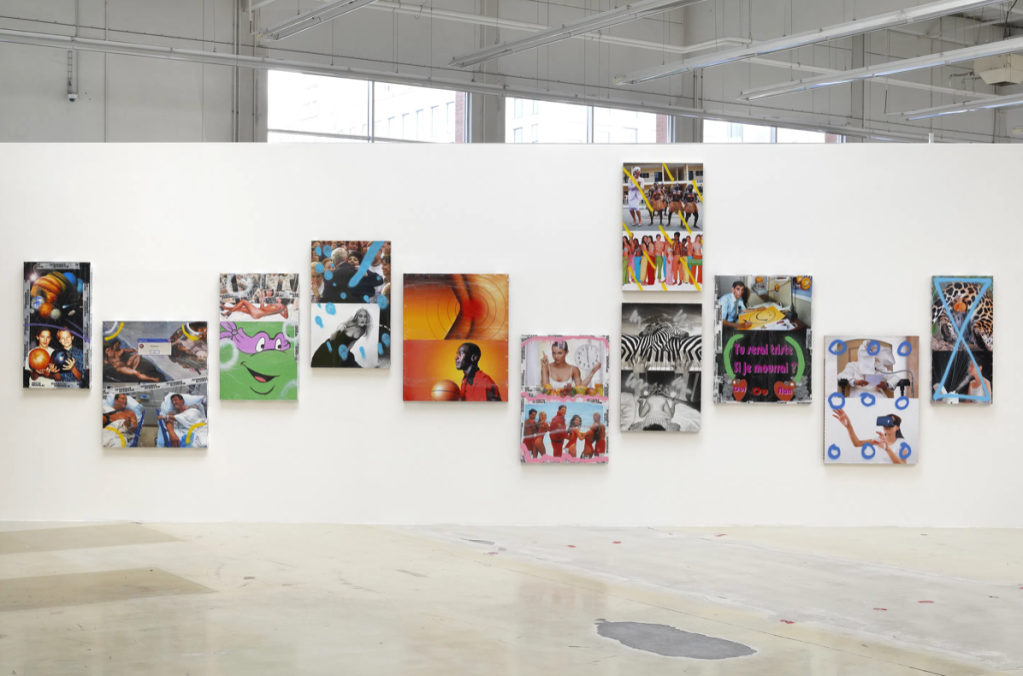
In an interview with It’s Nice That, Robert explains:
“For us the gesture of packaging induces a parallel between circulation of goods and circulation of images in our globalised era. The use of this kind of tape is also blurring the difference between artist’s signature and corporate identity.”
This notion is interesting, as it juxtaposes popular art and the objects used to create a new context, which preserves the images appearance, creating artistic longevity. This is important, as it demonstrates how media can transition from being throwaway to highly collectable.
Beautifully Gross
In the 19th century Pictorialism was developed as a movement to explore how photography could be used as a means of artistic expression, much in the same way that paintings can portray subject matter in a conceptional manner. This movement has evolved over the decades and photography can be used to convey both scientific findings and imaginative content. Maisie Cousins is a contemporary photography that combines traditional still life techniques with experimental compositions.


By using the language of modern advertising, she pairs sensual and grotesque content to expose the nature of consumption and feminine sexuality. As a result, her work invites viewers to look closely at the items within the frame in a manner that is both appealing and repulsive. Her work invites interrogation and breaks away from traditional conventions. This is a technique that has been used and commented on since the boom of advertising in the 1950’s. As Henri Lefebre notes in his own essay, Clearing the Ground written in 1961:
“The artistic image puts everything into doubt’.
Consequently, the styling of content, use of colour, and textures, all aid a visual dialogue that is bold and relevant, unique and on trend, and both beautiful and gross.

Material Desire
In a world where the consumer is King, or very much Queen, the nature of Capitalism and its social traits are often commented on and critiqued within the visual arts. On one side of the coin advertising utilises visual rhetoric to sell ‘desirable’ products and on the other side creative work visualises and reveals the effects. As advertisers cast their visual spells on accepting audiences, attractive aesthetics and intelligent ideas can inspire, but also cause contradiction.
Elizabeth Restroom is a successful photographer that produces visually delightful work that delivers a deeper message about consumer habits and culture. The idea that desirable beauty suggests prosperity, good health and success, is portrayed by appealing to the senses, while delivering a darker message about the effects on the consumer. The work presents the notion of the visual spectacle, which is explored in Dawn Wooley’s book Consuming the Body:
“The spectacle is disciplinary, because it produces the expectation that the consumers should be glamorous and seductive and that buying the correct commodities will enable this.”
As a result the seductive appeal of the imagery contrasts with the messaging, that sells a very different lifestyle, despite the fact that the two are very much sold in a complimentary manner.

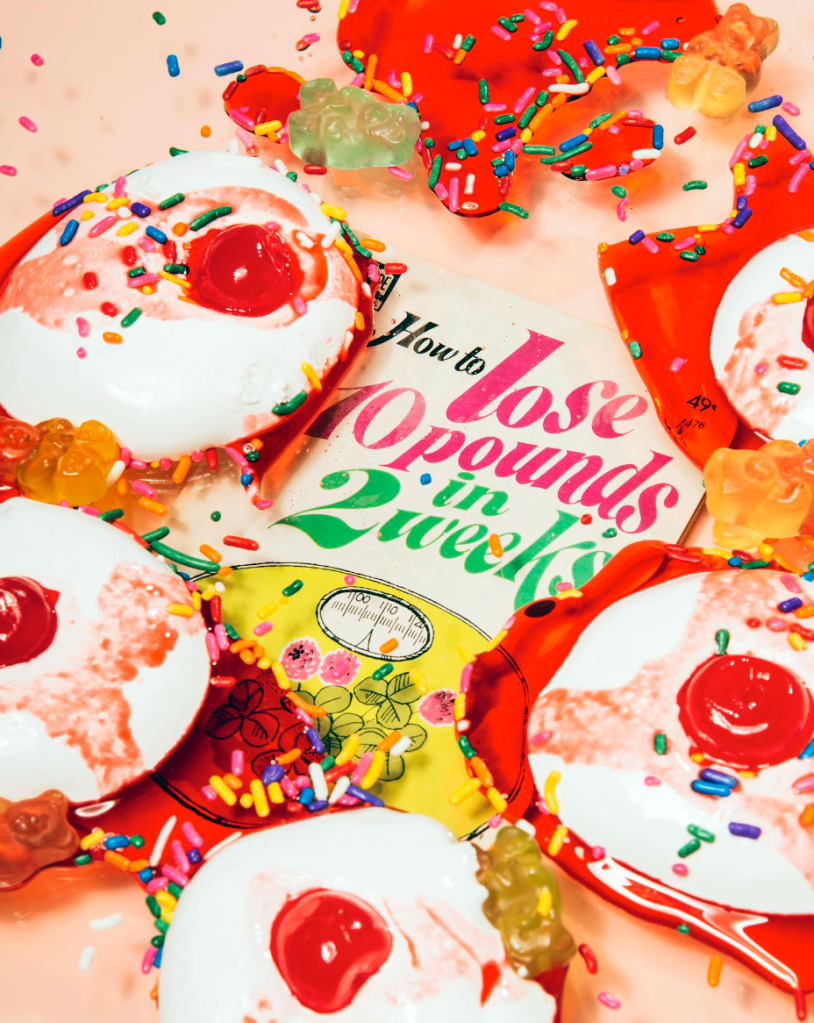
The Invisible Thread
As much as adverts are devised to sell aspirational lifestyles, they also present a reflection of the consumer; their beliefs, values and self worth. When this idea is taken into an artistic space, it is possible to present signs and symbols that begin to reflect social ideas that exist within a particular time and place. This establishes a subjective commentary that reveals truth about the audience and cultural aspirations.
Thomas Albdorf is a photographer that explores this relationship using both commercial and artistic platforms. Although the objects appear in isolation to their owners, the nature of the compositions present indexical traces that create a sense of presence. Materials feature heavily within the composition, creating sculptural elements that feed into the way that the objects carry themselves within the frame. The textured backdrops and supporting set pieces provide clues about the viewer, revealing in layers, the manner in which they live, have lived and aspire to live.
